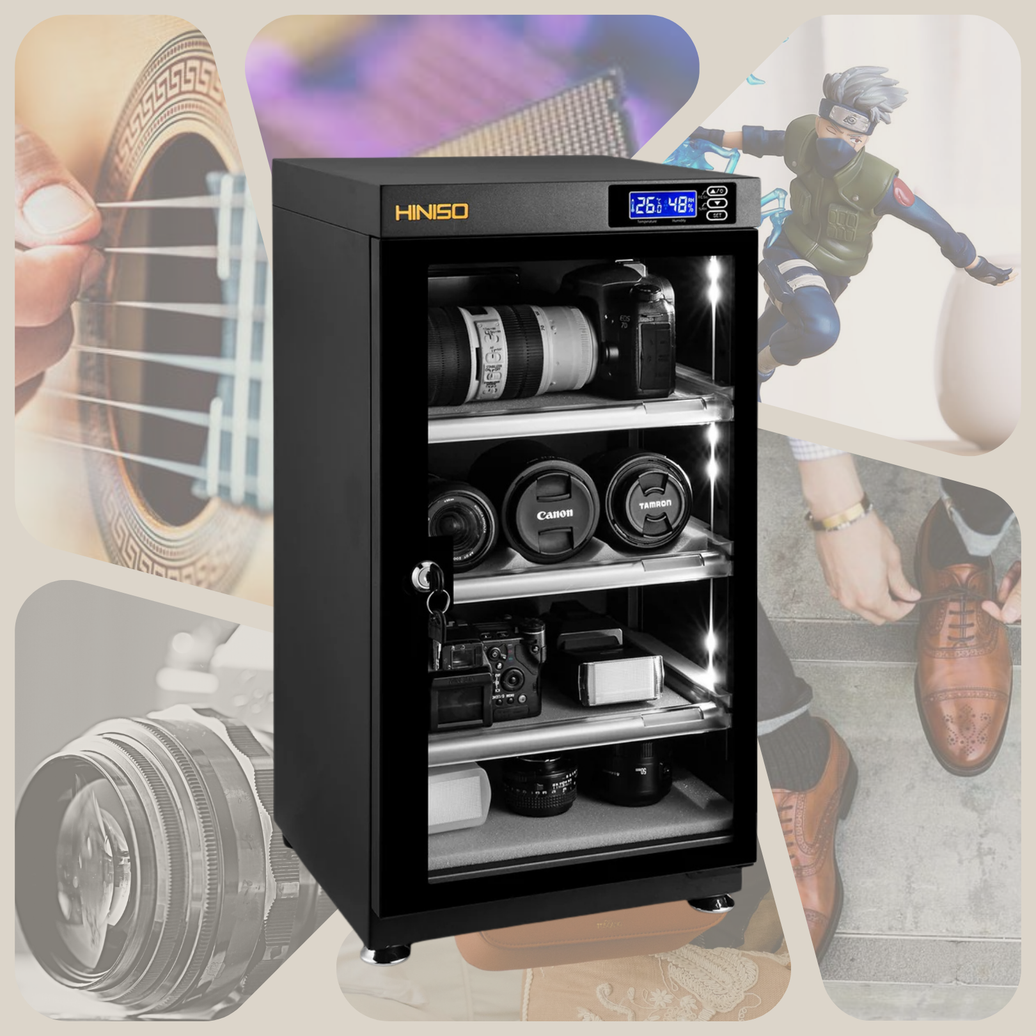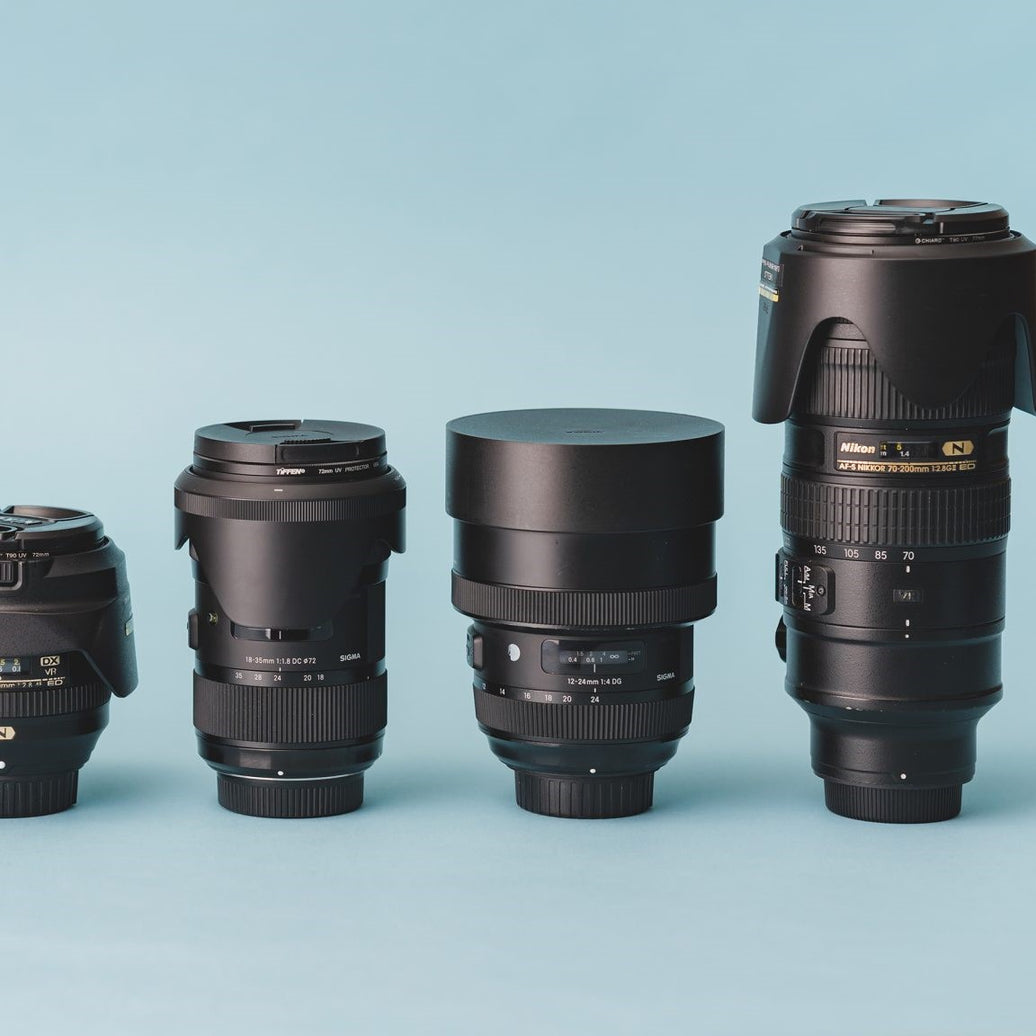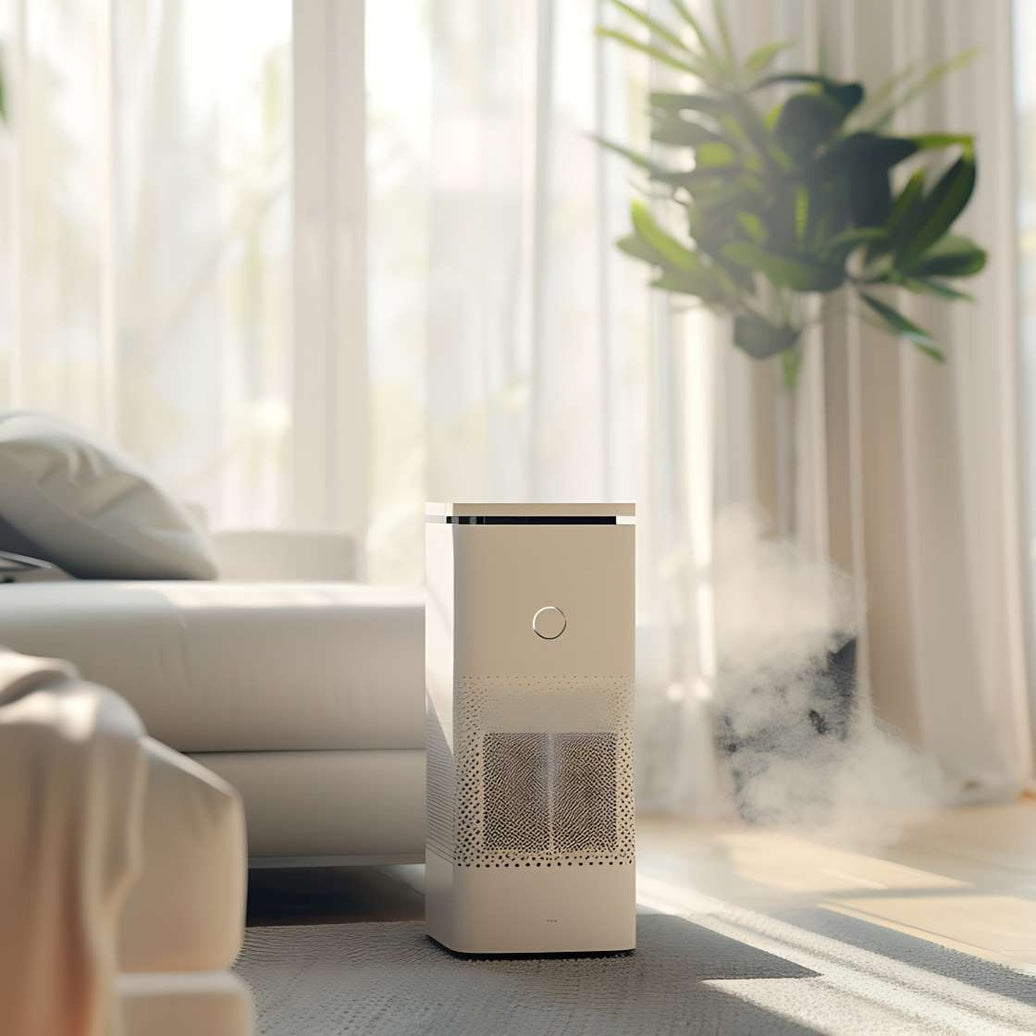When it comes to maintaining a clean and healthy living environment, understanding the difference between mold and mildew is crucial. Both are types of fungi, but they differ in appearance, growth patterns, and the health risks they pose. In this article, we will explore the key differences between mold and mildew, compare their characteristics in a detailed table, and provide effective treatment methods. Additionally, we will recommend preventive measures, including the use of dry cabinets and dehumidifiers.
Mold vs. Mildew: A Comparative Overview
| Feature | Mold | Mildew |
|---|---|---|
| Appearance | Often black, green, or brown; fuzzy or slimy | Usually white, gray, or yellow; powdery or fluffy |
| Growth Pattern | Penetrates the surface of the material | Grows on the surface, does not penetrate deeply |
| Common Locations | Found in damp, warm, and dark environments | Found on damp, warm, and light surfaces |
| Health Risks | Can cause respiratory issues, allergies, and more | May cause respiratory issues and allergies |
| Odor | Strong, musty odor | Mild, musty odor |
| Removal Difficulty | Harder to remove, may require professional help | Easier to remove with common household cleaners |
Detailed Explanation
Appearance and Growth Pattern
Mold typically appears in darker shades like black, green, or brown, and has a fuzzy or slimy texture. It tends to grow in damp, warm, and dark environments, and penetrates the surface of the material it grows on, making it more challenging to remove.
Mildew, on the other hand, is usually white, gray, or yellow and has a powdery or fluffy texture. It tends to grow on damp, warm, and light surfaces, such as bathroom tiles, fabrics, and paper. Unlike mold, mildew does not penetrate deeply into surfaces, making it easier to clean.
Health Risks
Mold poses significant health risks, especially to individuals with respiratory conditions or weakened immune systems. Prolonged exposure to mold can lead to respiratory issues, allergies, and even more severe conditions like fungal infections.
Mildew also poses health risks, but they are generally less severe compared to mold. Exposure to mildew can cause respiratory issues and allergic reactions, particularly in sensitive individuals.
Odor
Mold is often associated with a strong, musty odor that can permeate the area where it grows. This odor is usually one of the first signs of mold presence in a home or building.
Mildew has a milder musty odor, which is usually less intense than that of mold. However, the presence of mildew can still be unpleasant and indicate that the area is prone to dampness.
Removal Difficulty
Mold is notoriously difficult to remove, especially if it has penetrated deeply into surfaces. In some cases, professional remediation may be required to completely eliminate mold and prevent its recurrence.
Mildew, being surface-level, is generally easier to remove. Common household cleaners, such as a mixture of bleach and water, are often sufficient to eradicate mildew. However, it is essential to address the underlying cause of moisture to prevent mildew from returning.
How to Treat Mold and Mildew
Treating Mold
- Identify the Source: Find the source of moisture that is promoting mold growth and address it. This may involve repairing leaks, improving ventilation, or reducing humidity.
- Protect Yourself: Wear protective gear, including gloves, masks, and goggles, to avoid exposure to mold spores.
- Use Mold-Specific Cleaners: Apply mold-specific cleaners or a solution of bleach and water (1 cup of bleach per 1 gallon of water) to the affected area. Scrub thoroughly and allow the area to dry completely.
- Consider Professional Help: For extensive mold growth or cases involving sensitive materials, it is advisable to seek professional mold remediation services.
Treating Mildew
- Surface Cleaning: Mix a solution of white vinegar and water or use a commercial mildew cleaner. Apply it to the affected area and scrub gently with a brush.
- Rinse and Dry: After cleaning, rinse the area with water and dry it completely to prevent the mildew from returning.
- Improve Ventilation: Ensure proper ventilation in areas prone to mildew, such as bathrooms and kitchens, to reduce moisture levels.
Prevention: Dry Cabinets and Dehumidifiers
To prevent mold and mildew growth, controlling moisture is key. Two highly effective tools for moisture control are dry cabinets and dehumidifiers.
Dry Cabinets
Dry cabinets are specially designed storage units that maintain a low-humidity environment, making them ideal for storing sensitive items like leather goods, electronics, and valuable documents. By keeping the humidity level low, dry cabinets prevent mold and mildew from forming on stored items.
Dehumidifiers
Dehumidifiers work by removing excess moisture from the air, reducing the overall humidity level in a room. Using a dehumidifier in damp areas such as basements, bathrooms, or kitchens can significantly reduce the likelihood of mold and mildew growth. Regular use of a dehumidifier helps maintain a healthy indoor environment by keeping moisture levels in check.
Conclusion
Understanding the difference between mold and mildew is essential for effective prevention and treatment. Both fungi thrive in moist environments, but they differ in appearance, health risks, and treatment methods. By taking proactive steps, such as using dry cabinets and dehumidifiers, you can protect your home from the harmful effects of mold and mildew. Remember, addressing moisture issues is the first step to maintaining a clean and healthy living space.




















































